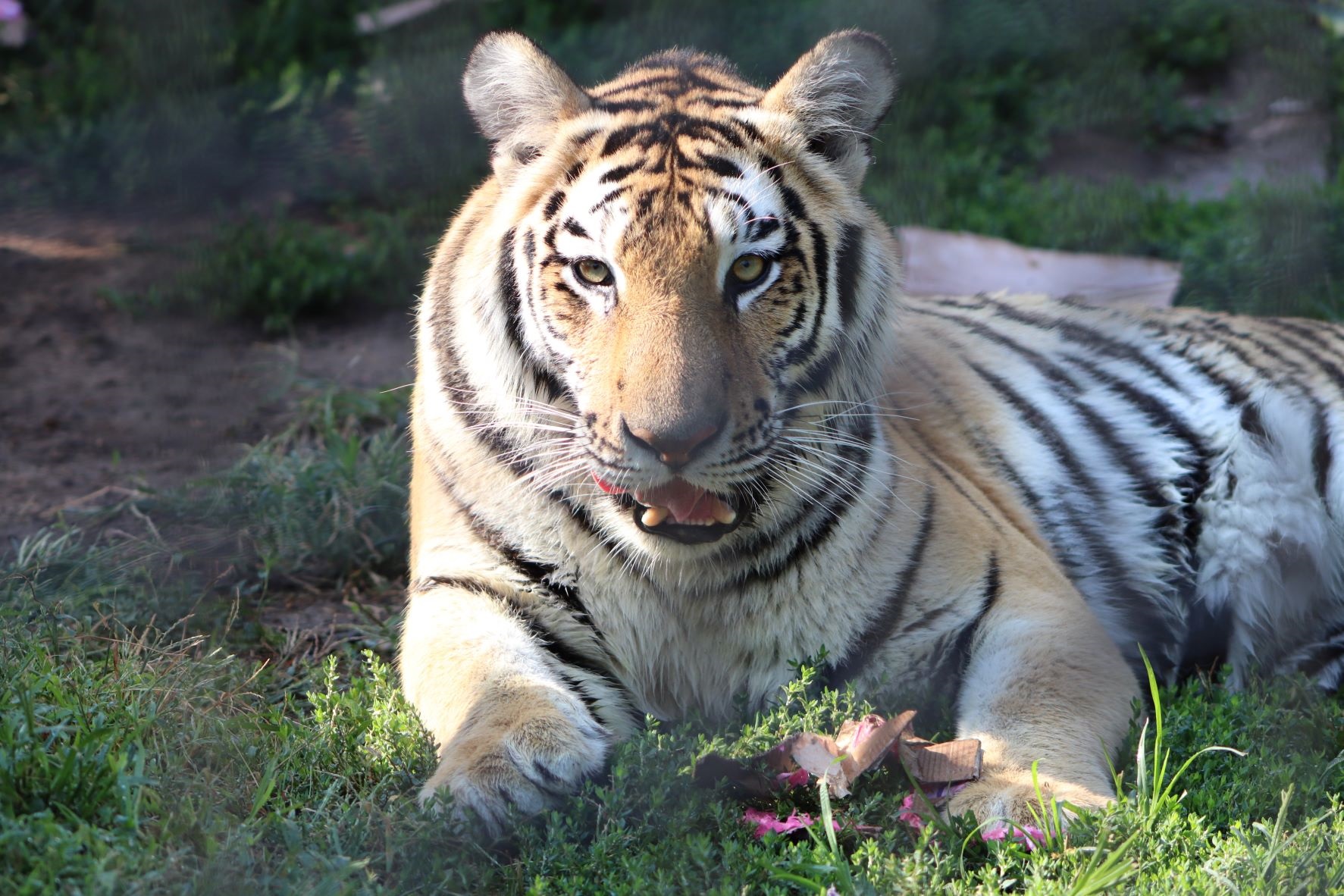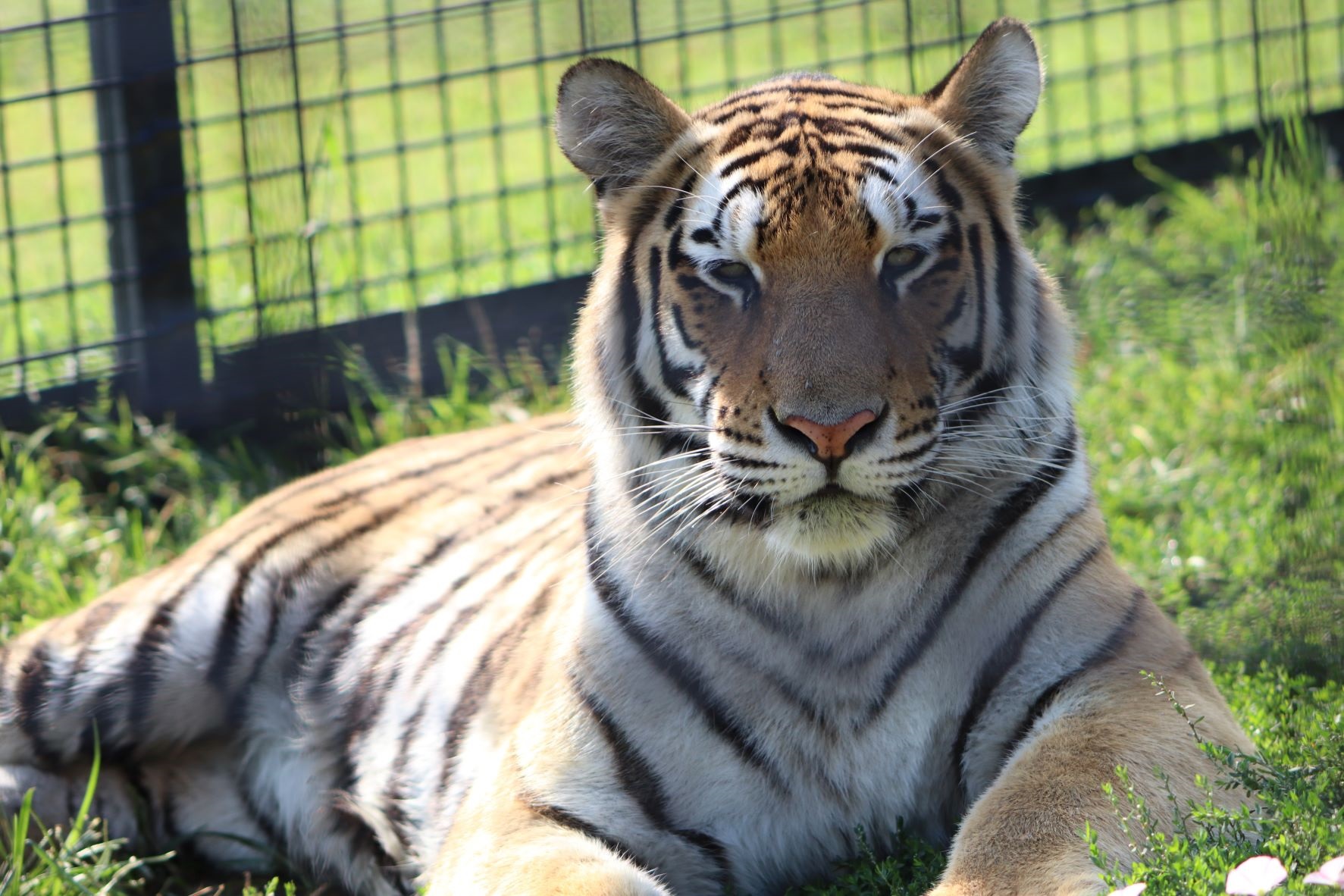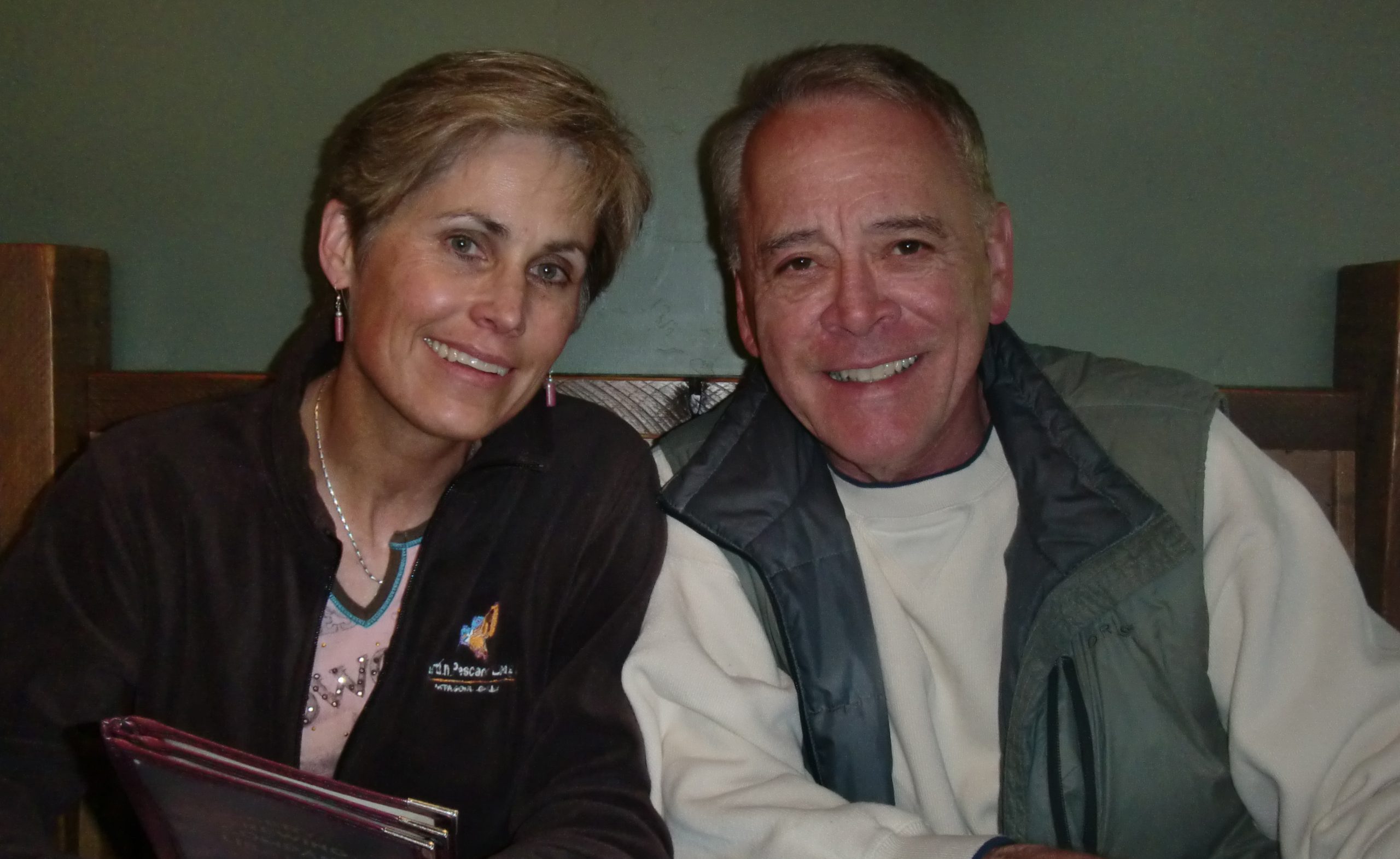The first tiger cubs born at Rolling Hills Zoo will be relocating to new homes in the next few weeks.
According to the zoo, Sasha will be moving to Bramble Zoo in Watertown, South Dakota, while Nadya is going to Dakota Zoo in Bismark, North Dakota. Now two years old, separation from the family unit naturally occurs in the wild at their age.
Born to Andrea on August 14, 2019, and sired by Dhenuka, the cubs weighed less than 8 lbs. at birth. Now weighing 260 lbs. each, they are almost the same weight as their mother who weighs 300 lbs.
Once they reach sexual maturity at 4 years old, Sasha and Nadya will be recommended for future breeding by the Species Survival Plan (SSP) – which is part of the Association of Zoos and Aquariums, of which RHZ is an accredited member.
As of 2020, there were 107 tigers (42 males and 65 females) at 47 institutions in the U.S. and Canada, with this pair being the only successful Amur cub births of 2019. For that reason, their breeding is vitally important for the SSP population.
“It’s been a lot of fun watching these girls grow, and learning their personalities,” commented Brenda Gunder, RHZ Curator. “While it is sad to see them leave we are proud of our contribution to the SSP population and look forward to watching them mature at their new homes.”
Conservation status: The Amur tiger is found primarily in the Russian Far East. Just in the past one hundred years four of the nine subspecies (Bali, Caspian, Javan, and South China tigers) have all disappeared in the wild. Amur, Sumatran, and Malayan tigers are all thought to number fewer than 500 individuals in the wild.
The wild population fell to less than 20-30 animals in the 1930s, contributing to the low genetic variation found in this population. Population growth in recent decades led to its reclassification from Critically Endangered to Endangered on the IUCN Red List in 2007. Poaching of tigers and their prey are the primary threat to this population, with habitat loss, tiger-human conflicts, and infectious diseases posing as threats as well.


Nadya



